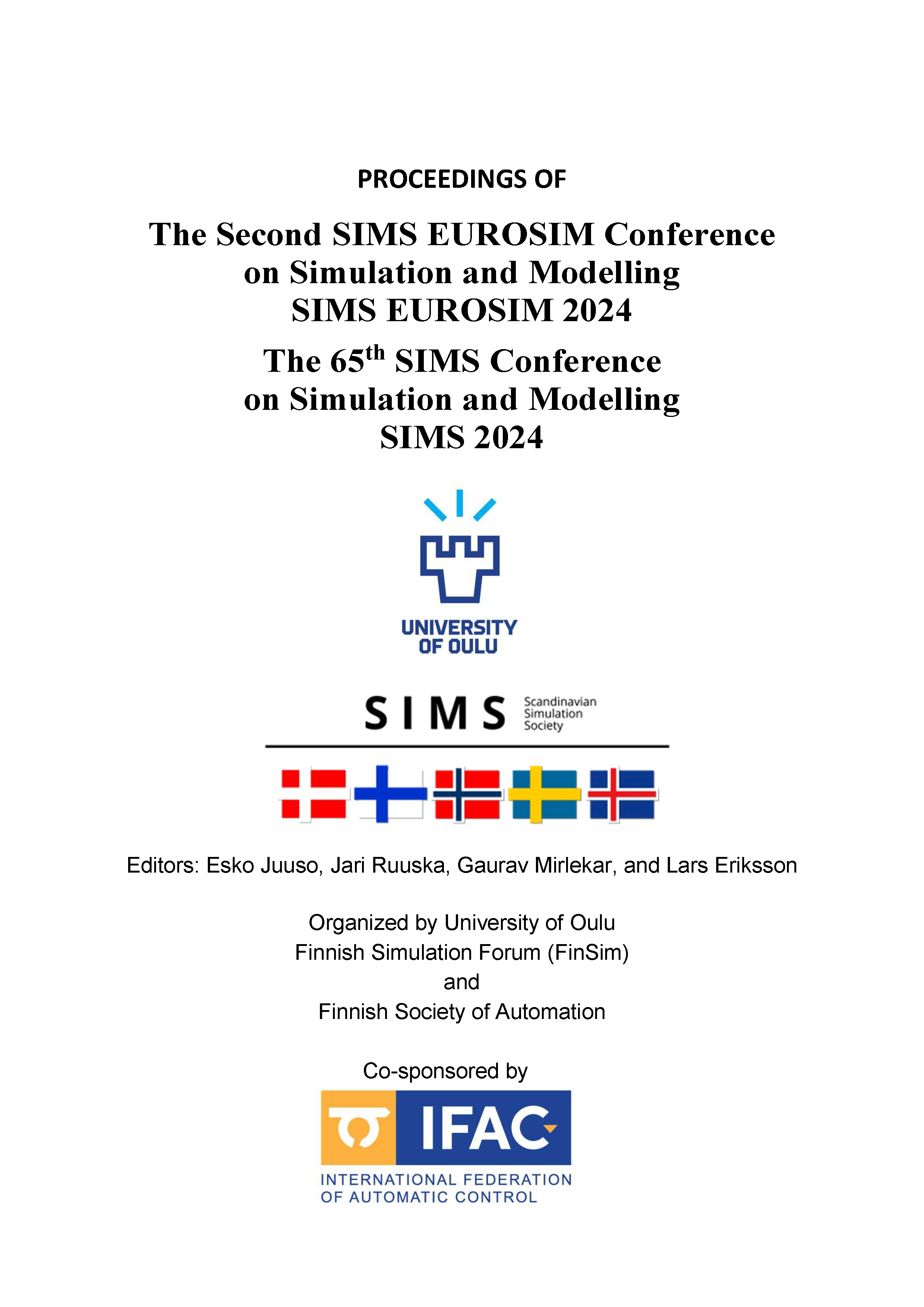CO2 Storage and Evaluation of Important Parameters Affecting the CO2 Plume Distribution: Simulation and Sensitivity Analysis
DOI:
https://doi.org/10.3384/ecp212.021Keywords:
CCUSPlume dynamicsCO2 StorageCO2 trapping mechanismSensitivityAbstract
Carbon capture utilization and storage (CCUS) offers a potential solution to reduce the direct CO2 emissions from stationary sources into the atmosphere. The captured CO2 is injected into deep saline-water saturated formations or in depleted oil and gas fields, or into the oil fields for storage and/or enhanced oil recovery (EOR). The primary objective of this study is to identify and analyze the critical parameters affecting CO2 plume development in the reservoir. Understanding the subsurface dynamics of carbon sequestration will facilitate to plan the subsurface process better. The plume dynamics over 30 years of injection and 170 years of post-injection period is investigated. The simulation results show that CO2 plume propagates at an increased rate during the injection period and continues to disperse at a comparatively reduced rate after the injection ends. The horizontal spread of plume is significantly greater than the vertical propagation when the horizontal permeability is larger than the vertical. Additionally, the plume volume shows a linear relationship with the injected CO2 amount. In terms of storage efficiency, the most prevalent CO2 is free phase super critical CO2 that contributes around 80% of the stored CO2 whereas the rest are structurally or residually trapped and dissolved CO2. From the sensitivity analysis in a homogenous reservoir, it can be concluded that the horizontal permeability is impacting the most (42%) for structural and residual trapping of CO2 whereas porosity impacts the most (38%) for dissolution of CO2 contributing to solubility trapping mechanism.Downloads
Published
2025-01-13
Issue
Section
Papers
License
Copyright (c) 2025 Mohammad Rakibul Hasan Chowdhury, Soheila Taghavi

This work is licensed under a Creative Commons Attribution 4.0 International License.

